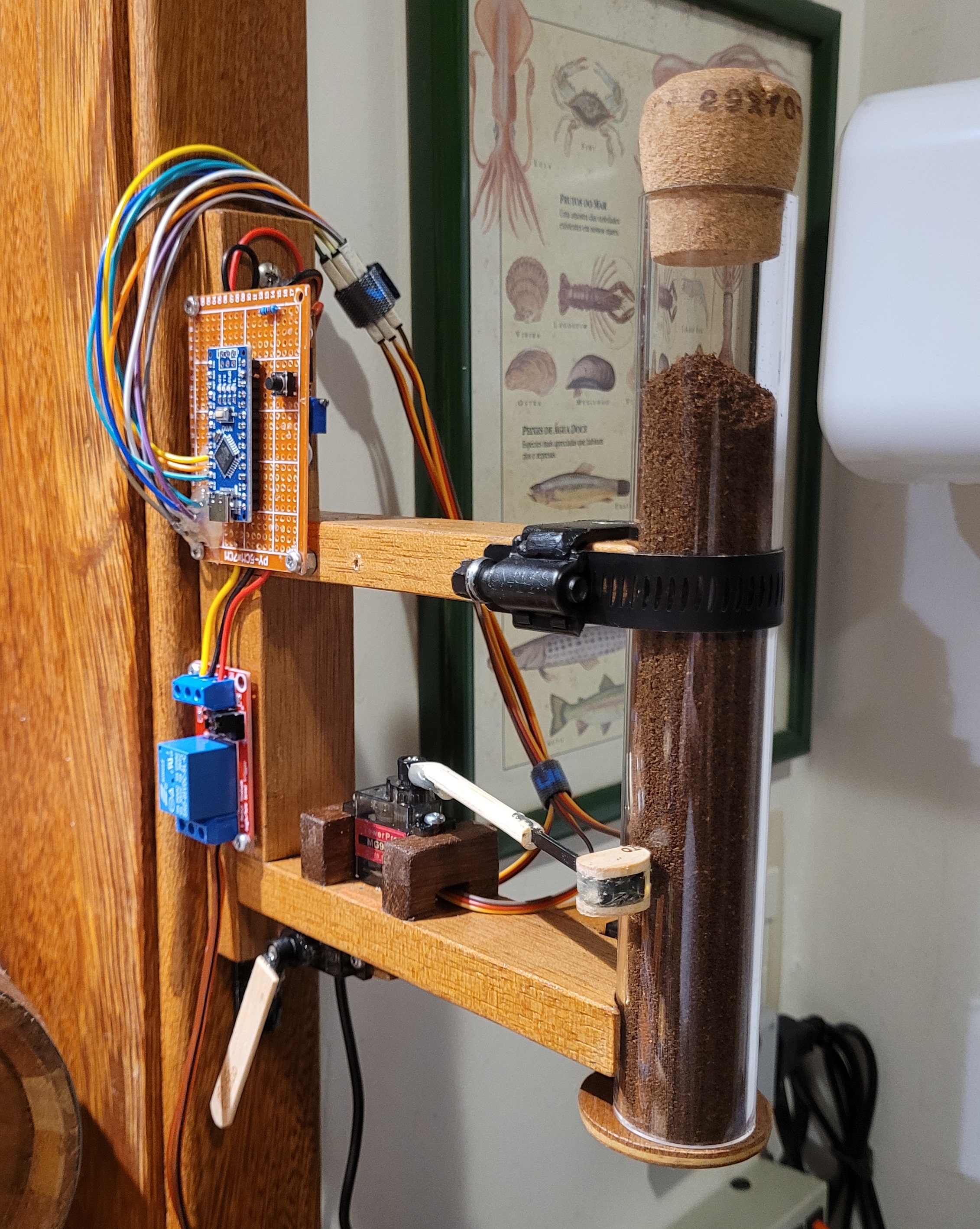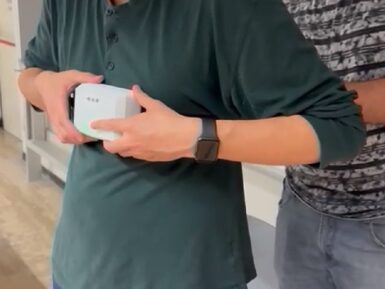
Rock 5 Model B 8GB
The ROCK 5B truly takes performance to a new level with the super powerful Rockchip RK3588 SoC, packed with some incredible class-leading features, such as 8K displays (yes 8K!) and Android support, capable to run even the most demanding multimedia and industrial applications. With a Quad Arm Cortex A76 CPU, Quad Arm DynamIQ Cortex A55 and an Arm Mali G610MC4 GPU, the ROCK 5B is a robust and high-performing single board computer that incorporates an onboard stereo audio jack, on/Off power button, dual HDMI ports supporting displays up to 8Kp60 resolution, a fan connector and an eMMC socket.
Overview
Reliable hardware - robust performance based on the Rockchip RK3588 SoC, Arm DynamIQ Quad Cortex - A76 @ 2.2/2.4GHz, Quad Cortex - A55 @ 1.8GHz CPU, Arm Mali - G610MC4 GPU and 8GB 64bit LPDDR4 RAM.
Incredible 8K display support - the Arm Mali G610MC4 graphics processing unit (GPU) allows the ROCK 5B to support the most advanced multimedia applications, including games, videos, and signage, supporting dual displays up to 8Kp60 and 4Kp60 resolution.
Power On/Off button - allows safe shutdowns with no risk of corrupting storage.
Compatible with several operating systems - including Android 12, Debian/Ubuntu Linux, the full implementation of the Arm architecture v8 instructions set, and others.
Extensive storage capacity – features 8GB RAM and a high-speed eMMC socket for eMMC modules which can be used for OS and data storage.
40-pin GPIO expansion header - supports a wide range of interface options.
PWM fan connector – with this onboard fan connector and 2 heatsink mounting holes, the ROCK 5B will stand anything, no matter how high-performance your application may be.
Tech specs
- SoC: Rockchip RK3588
- Processor: Arm DynamIQ (Quad Cortex - A76 @ 2.2/2.4GHz, Quad Cortex - A55 @ 1.8GHz)
- GPU: Arm Mali G610MC4 GPU, supporting OpenGL® ES1.1, ES2.0, and ES3.2, OpenCL® 1.1, 1.2 and 2.2, Vulkan® 1.1 and 1.2, and embedded high-performance 2D image acceleration module
- Memory: 64bit LPDDR4 RAM
- Power Requirements: USB Type‑C™ PD Version 2.0 with 9V/2A, 12V/2A, 15V/2A and 20V/2A; 5V Power applied to the GPIO PIN 2 & 4. The recommended power source capacity is at least 24W without a M.2 SSD or 36W with a M.2 SSD
- HDMI: Dual HDMI ports supporting displays up to 8Kp60 resolution and 4Kp60; Micro-HDMI input port supporting up to 4Kp60 resolution
- USB: 2x USB2 HOST ports, 1x USB3 HOST port, 1x USB3 OTG/HOST port
- MIPI: 1x 4 lane DSI, 1x 4 lane CSI
- Storage: Micro SD / eMMC
- UARTS: 2x UART
- On/Off Power Button: Yes
- Software: Full implementation of the Arm architecture v8 instructions set, Debian/Ubuntu Linux support, Android 12 support, RKNPU2 NPU software stack, Hardware access/control library for Linux/Android
- Temperature: Operation temperature: 0∼50 ℃ / Storage temperature: -20∼80 ℃
Documentation
Get Inspired

Device to automate that ordinary coffee maker everyone has.

For children who experience certain developmental delays, specific types of physical therapies are often employed to assist them in improving their balance and motor skills/coordination. Ivan Hernandez, Juan Diego Zambrano, and Abdelrahman Farag were looking for a way to quantify the progress patients make while simultaneously presenting a gamified approach, so they developed a standalone node for equilibrium evaluation that could do both. On the hardware side of things, an Arduino Nano BLE 33 Sense Rev2 is responsible for handling all of the incoming motion data from its onboard BMI270 six-axis IMU and BMM150 three-axis magnetometer. New readings are constantly taken, filtered, and fused together before being sent to an external device over Bluetooth Low Energy. The board was also connected to a buzzer and buttons for user inputs, as well as an RGB LED to get a real-time status. The patient begins the session by first putting on the wearable and connecting to the accompanying therapist application. Next, a game starts in which the user must move their torso to guide an image of a shark over the image of a stationary fish within a time period — ultimately trying to get the highest score possible. Throughout all of this, a vision system synchronizes its readings with the IMU sensor readings for an ultra-detailed look at how the patient responds to the game over time. To read more about the project, you can visit the team's write-up on Hackaday.io.












